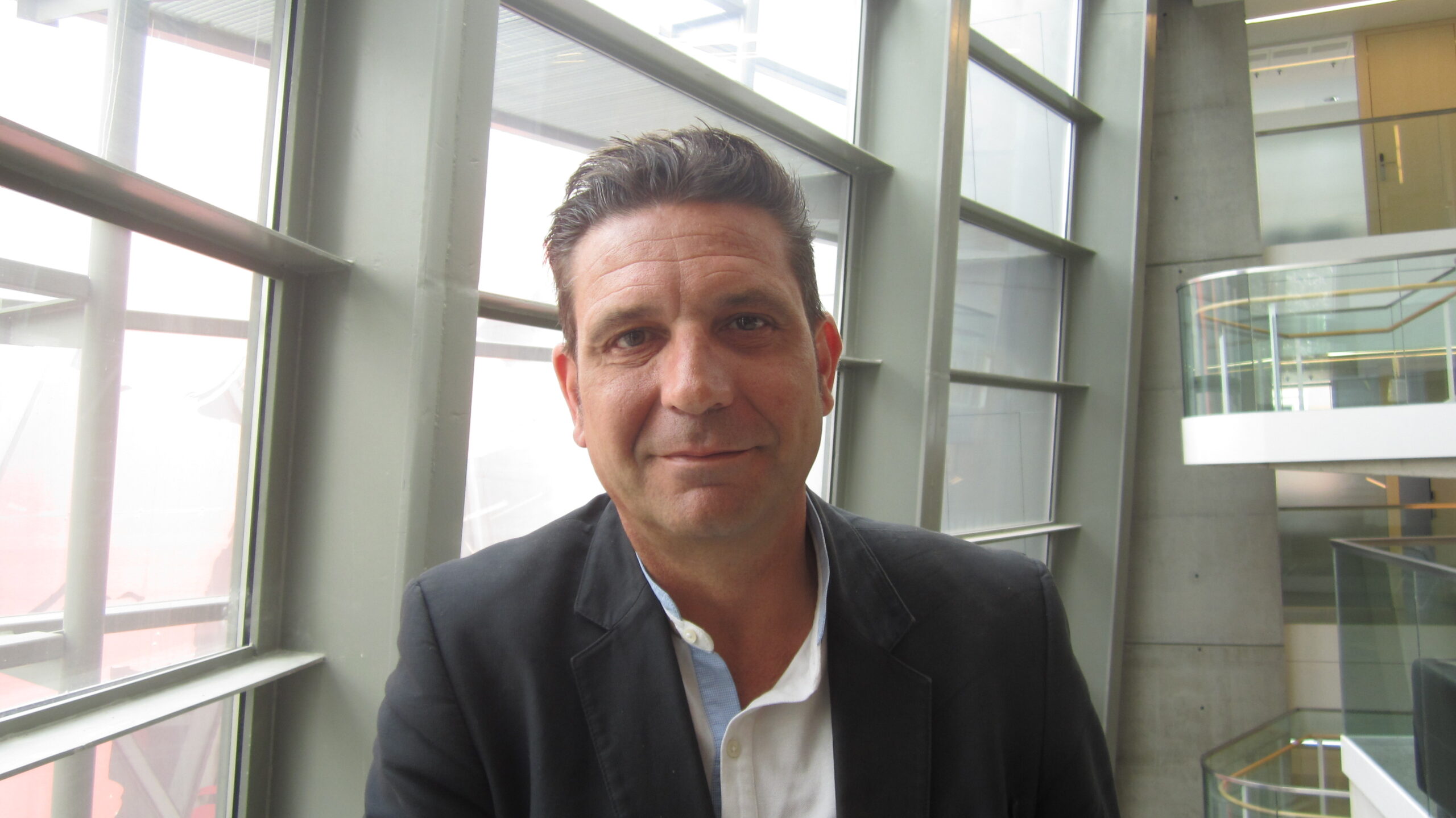Any learning that we carry out has an effect on our brain. Learning is possible thanks to the plasticity of the brain, which involves the creation of new connections between neurons as a consequence of storing new information.
Throughout life we learn factual or declarative information about the world around us: words, phone numbers, land masses, the ingredients of an omelette, our city’s streets, the rankings of our favourite teams, the names of the elements of the periodic table, that cod and rice is better if the rice has peas in it, and so on.
This type of information is what we often say is learned by heart, and we see how, as some neurodegenerative diseases progress, it disappears. But we also learn how to do things: to walk, cycle, swim, drive a car, speak and read, and so on. This is what we call procedural information, which is what allows us to carry out highly automated activities.
Read more about language:
- Babies in bilingual homes ‘33 per cent faster' at switching between tasks
- Why being bilingual helps keep your brain fit
- I’d like to learn a language, which is the easiest one to pick up?
Learning a language involves the absorption of these two different types of information, since on the one hand, we have to acquire the lexical items (vocabulary) and on the other, the grammatical processes to combine them (syntax).
But how does the acquisition and use of two languages affect the brain? In other words, is there a difference between the brain of bilinguals and that of monolinguals in terms of the neural network responsible for processing language(s)?
Neuroimaging techniques have been fundamental in answering this question. At the functional level, several studies have shown that there are differences between the activation levels of certain areas of the brain when bilingual and monolingual individuals process their first language.
It is important that it is the dominant one, because what interests us here is not so much the processing difference between a first and second language, but to what extent the processing of the first language is different among bilinguals and monolinguals. In the analogy of practising two sports, squash and tennis, the question is how the learning of two sports affects the cortical representation of the one that was first known, that is, how learning squash affects the cortical representation of tennis.
Perhaps the most complete study on this issue was conducted by Cathy Price and her collaborators at University College London, in which the brain activities of highly proficient Greek-English bilinguals and monolingual English speakers were studied across various linguistic tasks.
The results showed that brain activity in language comprehension tasks, such as speech perception, was very similar for both groups. However, those tasks that involved the language production system, such as picture naming or reading aloud, did reveal differences. Specifically, bilinguals showed greater activation in five areas of the brain located in the left frontal and temporal lobes.
Read more about the brain:
I don’t want to bore you with the details about the specific interpretation the authors make about each area. I will only mention that other studies suggest that these same areas of the brain are related to effects of frequency of use and linguistic control. What is important to note is that, at least in this study, no significant differences were observed in the areas that were activated in bilinguals and monolinguals.
To a large extent they were the same, although, yes, with greater intensity for bilinguals. These results were interpreted by the authors as evidence that, either due to the lower use of each of the languages or the need to control interferences (or both reasons), bilingual speakers require a certain overexertion during speech production compared to monolinguals.
Other studies carried out with different groups have shown similar patterns and, in fact, are even stronger when second language proficiency is low. These results suggest that the learning and use of a second language does not radically affect the brain representation of the first language, but it does affect the effort required for its processing, especially when speaking.
However, other studies have shown the existence of certain unique characteristics related to bilingualism. For example, in a study conducted at Jaume I University by César Ávila and colleagues, the brain activity of Spanish-Catalan bilinguals was compared to that of Spanish monolinguals while performing various tasks in Spanish, their first language.
Similar to what we saw above, the differences between the groups were very small when the activity involved auditory word comprehension. Yet when participants were asked to name drawings, it was observed that bilinguals tended to use a wider brain network than monolinguals. In other words, bilinguals incorporated areas of the brain that were not deeply related to linguistic processing. This could support the existence of certain areas of the brain, located mainly in prefrontal areas, that only bilinguals use during speech.
Read more extracts from science books:
- Zoology in 30 seconds: conservation and extinction
- Why we need to rethink the way we classify people
- Could a lot of monkeys write Shakespeare?
These results reveal that the cortical representation of a bilingual’s first language is, in general, quite similar to that of the monolingual one. The classic areas where language processing takes place are involved in both cases.
But this does not mean that bilingualism does not affect how those areas are utilised and, as we have seen in this case, it is possible that some of these areas simply have to ‘work harder’.
So it seems premature to discard the idea that there may be certain areas that are activated more in bilinguals. And it is very possible that these areas have to do with control processes and not so much with the representation of linguistic knowledge.
The Bilingual BrainAnd What It Tells Us about the Science of Language by Albert Costa is out now (£20, Allen Lane).
